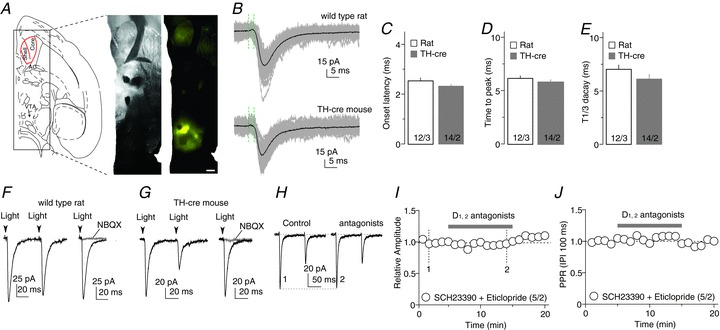Figure 1. VTA-to-NAc excitatory synaptic transmission.

A, Diagram (left) and images (right) showing that intra-VTA injection of ChR2-expressing AAV2 resulted in ChR2-YFP expression in the VTA and its projections. Images were taken from the differential interference contrast microscope used for electrophysiological recordings of this study. B, Optogenetically evoked synaptic currents in example NAcCo neurons from a rat (top) with intra-VTA injection of AAV-ChR2Y and a TH-cre mouse (bottom) with intra-VTA injection of AAV-flexed-ChR2R. Recordings were made by holding the membrane potential at –70 mV, which was close to the reversal potential of IPSCs, resulting in minimal IPSCs. The time elapsed from the artifacts by optogenetic stimulation (indicated by the first green vertical dashed line) to the initiation of the evoked synaptic currents (indicated by the second dashed line) was operationally used to measure the delay of synaptic transmission. C, Summarized result showing that the delays of optogenetically evoked VTA-to-NAcCo synaptic transmission were short, consistent with monosynaptic transmission; they were not different between rats and TH-cre mice. D, Summarized results showing that the activation kinetics (operationally measured as the time elapsed from the initiation to the peak of evoked synaptic currents) of optically evoked synaptic currents were fast and not different between rats and TH-cre mice with intra-VTA injections of AAV-flexed-ChR2R. E, Summarized results showing that the decay kinetics (operationally measured as the decay time from the peak to one-third of the peak) of optically evoked synaptic currents were fast and were not different between rats and TH-cre mice. F, Examples showing that, in rats, optogenetic stimulations evoked synaptic currents from the VTA-to-NAcCo afferent (left), which were completely inhibited by the AMPAR-selective antagonist NBQX (right), indicating that they were EPSCs. G, Examples showing that, in TH-cre mice, optogenetic stimulations evoked synaptic currents from the VTA-to-NAcCo afferent (left), which were completely inhibited by the AMPAR-selective antagonist NBQX (right), indicating that they were EPSCs. H, Example EPSCs from VTA-to-NAcCo synapses in a rat before and after perfusion of the dopamine D1 and D2 class receptor antagonists SCH23390 and eticlopride. I, Summarized results showing that the inhibition of D1 and D2 receptors did not affect the EPSC amplitude from VTA-to-NAcCo synapses. J, Summarized results showing that the inhibition of D1 and D2 receptors did not affect the PPR (IPI = 100 ms) of EPSCs from VTA-to-NAcCo synapses.
